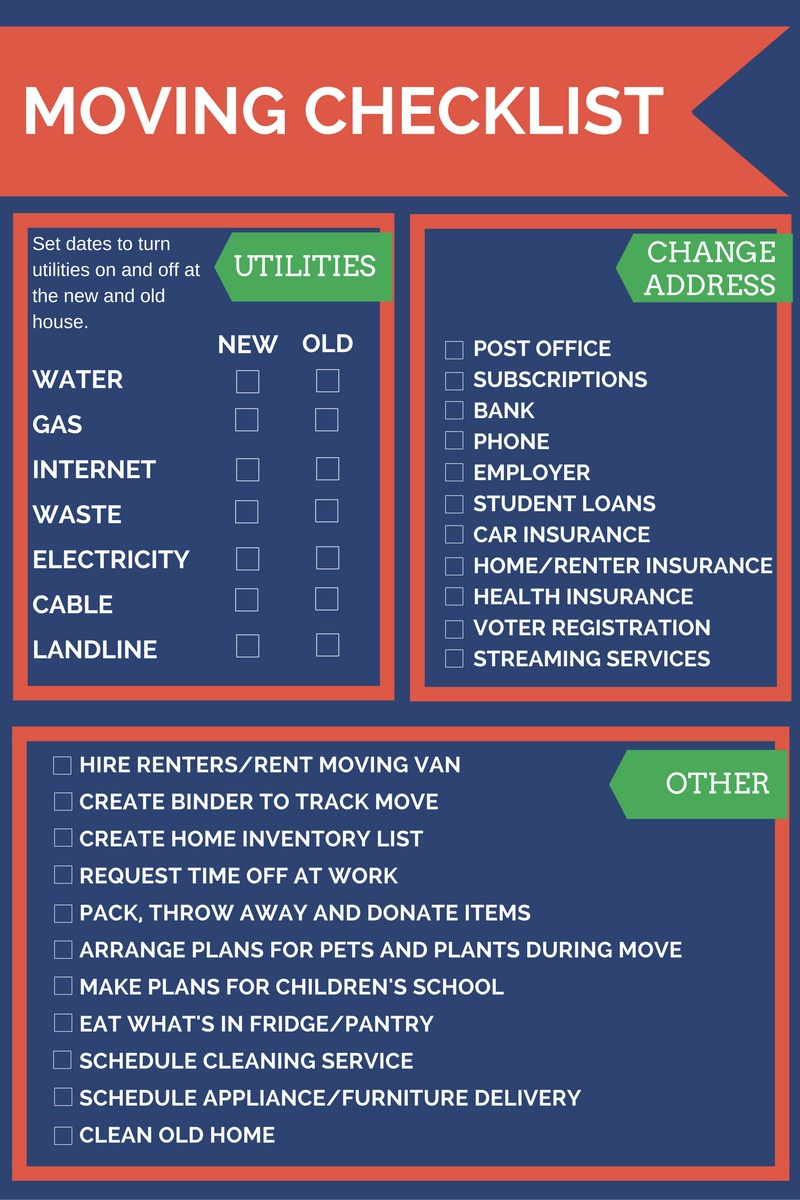Moving can be one of the most overwhelming experiences in your life, whether you’re relocating down the street or across the country. With so many factors to juggle, it’s crucial to have a solid plan and reliable moving services by your side. If you are tackling an small move or a major residential move, knowing the different types of moving solutions at your disposal can make the process easier and even more efficient.
In this detailed guide, we will explore both short-distance moving and long-distance moving options, highlighting what you need to know to make your move as smooth as possible. Including choosing the right movers to packing tips and organization, our goal is to provide you with the insight necessary to navigate your move confidently. If you are a veteran mover or anyone taking on this task for the first time, our insights will help you make informed decisions every step of the way.
Picking the Right Moving Solutions
In the process of choosing relocation options, knowing your particular needs is essential. Take into account the distance of your relocation—whether it is local relocation within the same city or cross-state moving to a other state. Local moves often call for different planning and tools compared to cross-country relocations, which might involve more coordination and time. Take inventory of your items, and determine how much help you will require in preparing, loading, and transportation.
After that, explore movers that specialize in the kind of relocation you are planning. Not all relocation companies provide the identical services, so it’s important to choose a company skilled in flat moves or home relocations, depending on your circumstance. Look for reviews, feedback, and suggestions from people you know. A trustworthy moving company should provide transparent pricing, so make sure you ask for estimates and know what is part of in the package.
Lastly, ensure that the moving services you choose are authorized and insured. This can provide peace of mind that your items are safe during the move. Check for any extra options offered, such as packing materials or storage options, which can be particularly helpful in long-distance moving situations. Making an educated decision will assist ensure a more seamless transition to your new home.
Regional vs Long-Distance Moving
When evaluating moving services, it’s important to understand the difference between local and interstate moving. Local moving typically refers to moves within the same city or region, often spanning a brief distance, usually under fifty miles. These moves tend to be simpler and can often be completed in a single day. Moving companies specializing in local moving are knowledgeable about the nuances of the area, which can make the process smoother and more efficient.
On the other hand, long-distance moving entails moves that exceed a specific distance, often greater than fifty miles, and can even span across states. This type of move comes with its own set of challenges, such as logistics, travel times, and possible additional costs. Long-distance movers often have to manage more intricate logistics including transport routes, packing and storage options, and scheduling, making it crucial to choose experienced experts who are well-versed in long-distance relocations.

Regardless of the distance, both regional and interstate moves require thorough planning and organization. Out & In Moving LLC may require additional considerations due to limited space or building regulations, while home moves can include entire households of belongings. Knowing the specific services provided by moving companies for each kind of move can significantly ease the process, ensuring that you choose the right team for your moving needs.
Tips for a Seamless Move
When preparing for your relocation, planning is key to ensuring a smooth move. Start by developing a thorough moving checklist that outlines all the tasks you need to complete, such as locating reliable moving services, notifying utility companies of your move, and arranging your belongings. This checklist will keep you on track and help reduce the stress that often accompanies both local and long-distance moving. Make sure to label each box clearly, indicating its contents and the room it should go to in your new place.
Picking the right movers can greatly impact the smoothness of your move. Looking into local moving companies or long-distance moving services to find reputable movers with positive reviews is recommended. It’s best to obtain quotes from several companies so you can compare prices and services offered. Don’t hesitate to ask about their experience with apartment moves or residential moves, as specialized knowledge can be extremely helpful. Make sure to confirm their licensing and insurance, to ensure you are working with a trustworthy team.
On moving day, clear paths in both your old and new homes to facilitate the loading and unloading process. Ensure that essential items and important documents are easily accessible and securely packed away to avoid any last-minute scrambles. It may also be useful to have a designated area for moving supplies like boxes, tape, and packing materials. By taking these steps, you’ll make the moving experience easier and more enjoyable for everyone involved.